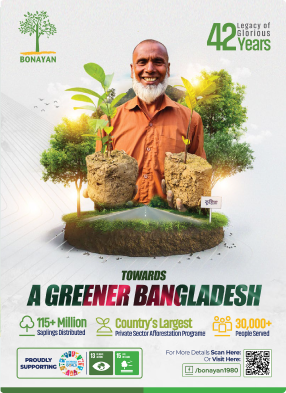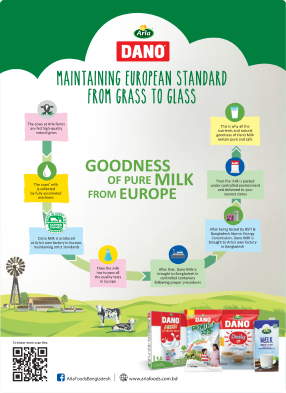- info@ficci.org.bd
- |
- +880248814801, +880248814802
- Contact Us
- |
- Become a Member
- |
- |
- |
- |
- |
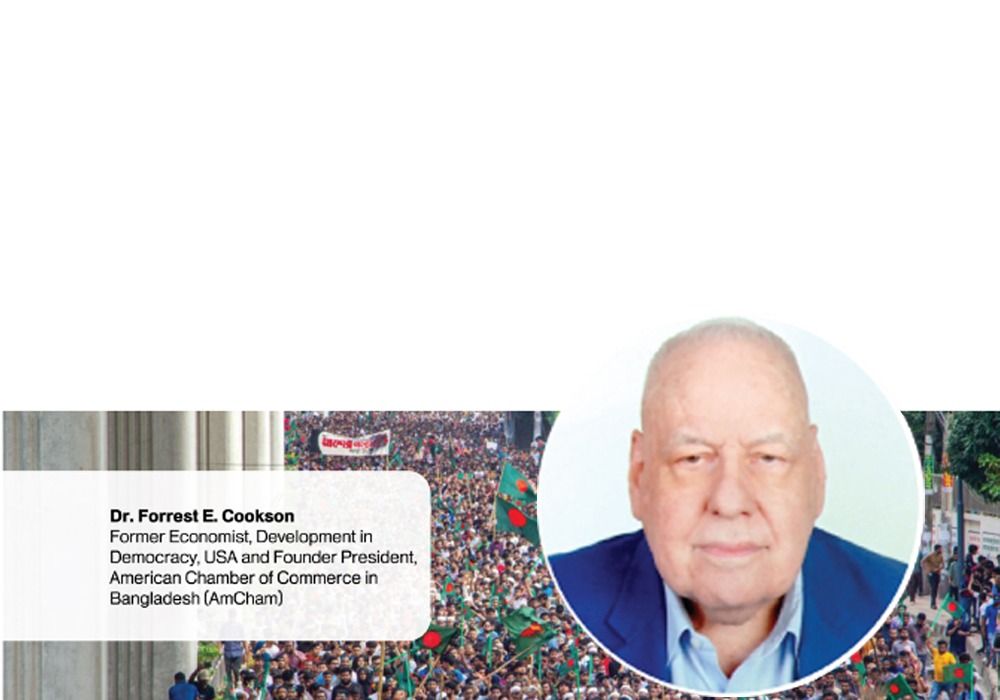
The year 2025 will be a critical year for the emergence of a "new Bangladesh". This article presents a modest forecast of what is likely to happen. The forecast is precise as there is little use in writing generalities.
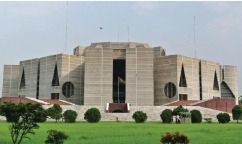 Politics: an election will be planned and all preparations made for late January 2026 voting. The Awami League will not participate in the election; there will be four significant parties that field at least 100 candidates. These are the BNP, the Jamaat e Islam, a student party, and one other. There will emerge during the year a fourth party that will actively participate in the election. The Election Commis- sion will have updated the voter list and made modest changes in the constituency boundaries. Voting will be for a single house of 300 members selected by the first-past- the-post method. Candidates will have been nominated and have been actively campaigning by December 2025.There is immense interest by the voters as showed by the turn out for political rallies. Financial rules on elections will be ignored.
Politics: an election will be planned and all preparations made for late January 2026 voting. The Awami League will not participate in the election; there will be four significant parties that field at least 100 candidates. These are the BNP, the Jamaat e Islam, a student party, and one other. There will emerge during the year a fourth party that will actively participate in the election. The Election Commis- sion will have updated the voter list and made modest changes in the constituency boundaries. Voting will be for a single house of 300 members selected by the first-past- the-post method. Candidates will have been nominated and have been actively campaigning by December 2025.There is immense interest by the voters as showed by the turn out for political rallies. Financial rules on elections will be ignored.
Opinion polls report that the BNP will win 130 seats, the JI 30, the student party 35, the fourth party 40, while the remaining 65 seats will be distributed among small parties and independents. This suggests that the new government will be a coalition.
 Law and order: The judicial system will remain jammed with cases with judgments taking many years. No system improvements will be completed before the election. Street disturbances will continue causing delays in traffic movements. Personal security will decline as people fear the under policed urban areas. Political rallies will be peaceful as the police will be neutral among the political parties. Petty corruption will continue but at a reduced incidence.
Law and order: The judicial system will remain jammed with cases with judgments taking many years. No system improvements will be completed before the election. Street disturbances will continue causing delays in traffic movements. Personal security will decline as people fear the under policed urban areas. Political rallies will be peaceful as the police will be neutral among the political parties. Petty corruption will continue but at a reduced incidence.
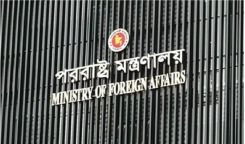 Foreign affairs: relations with India will remain difficult even though the Indian Government restores issuance of visas for Bangladeshis. The former Prime Minister Hasina will remain in India. There will be no resolution of the Teesta River dispute. The Chinese government will offer a 5 billion U.S. dollar loan to Bangladesh. The interim govern- ment well defer a decision to the elected government. The United States will provide limited foreign assistance but many words of support and goodwill. The Rohingya problem will be unchanged although there will another 200,000 that cross the border into Bangladesh. Donor support for the camps will decline. Myanmar will continue in chaos and the Arakan army will control the areas of Myanmar adjacent to Bangladesh with increasing low intensity border incidents.
Foreign affairs: relations with India will remain difficult even though the Indian Government restores issuance of visas for Bangladeshis. The former Prime Minister Hasina will remain in India. There will be no resolution of the Teesta River dispute. The Chinese government will offer a 5 billion U.S. dollar loan to Bangladesh. The interim govern- ment well defer a decision to the elected government. The United States will provide limited foreign assistance but many words of support and goodwill. The Rohingya problem will be unchanged although there will another 200,000 that cross the border into Bangladesh. Donor support for the camps will decline. Myanmar will continue in chaos and the Arakan army will control the areas of Myanmar adjacent to Bangladesh with increasing low intensity border incidents.

Economy: In this discussion the years are all calendar years, not financial years. GDP growth will remain low and private investment will continue to stagnate. Capital goods imports have been falling, and construction materials imports stagnate. When one talks with bankers their story is of very limited demand to fund new projects. However, the growth and investment in 2026 should rise substantially, as export growth in 2025 will rise to 16 to 18% over 2024. Remittances will continue at the rate of two billion dollars per month. The current account of the balance of payments will be zero.
The RMG sector will perform very well as order books are strong and there is considerable room for greater overtime. Production by the modern garment factories reflect growing productivity. While some buyers shifted orders to other countries this will reverse. Buyers remain committed to Bangladesh. Transport and energy use by the sector will grow by 25% but this can be readily managed this year. We note that for continued growth of the RMG sector there must be vigorous efforts to improve the supply of transport facilities both road and port, as well as providing the increased demand for energy. Growth of other exports will be moderate; the real effective exchange rate continues to appreciate reducing the competitiveness of non-RMG exports. In addition, programs to increase other exports will take time and subsidies are a poor weapon that will not be sustainable.
The inflation rate will decline to an annual rate of 7 to 8% by the end of the year. The tough policies implemented by the central bank and the low expenditure rates of government organizations have slowed the economy and reduced demand limiting price increases. The balance of payments will run a deficit of about 1-2 billion dollars. This is partly due to the increased extension of trade credits implicit in the expected growth of the RMG sector. Reduction of government debt immediately payable will continue and by the end of the year most should be retired. FDI will continue to be limited, however improvements in the economy will encourage potential investors to move forward with their investment plans in 2026 onwards. Employment will continue to be strong. One under- stands that the quality of many jobs is far below the expectations of those who have graduated from university. Still there are jobs available should workers be willing to take them.
Production of crops will grow at rates consistent with the past decade, meeting demand not only on the farm but also for non-farming rural households. Urban demand for food will continue to grow, particularly for diverse supply of fruits and vegetables. Livestock production of chicken meat, eggs and dairy products will grow strong- ly, the production and delivery of fertilizer will be smoother in 2025. Low productivity fish production will continue, and no significant progress will be made to revive the failed shrimp sector.
The exchange rate will stabilize around 127-28 by July 2025 as the economy shifts to a floating exchange rate. Initially there may be some volatility as this policy is introduced, but it will settle down.
Government revenues will increase by 13-15% compared to the previous years. Disputes over managing the VAT will be resolved moving largely to a single VAT rate of 13%. The weak economic growth will result in income tax growth of 10%. The government revenue regulations will be greatly Improved providing for better results in coming years.
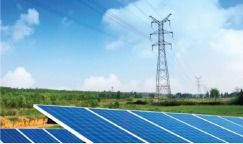 Energy: The energy problems of the economy will not be solved in 2025 although remarkable progress is being made. For natural gas government must accelerate on shore and shallow water exploration and development, even though success in these areas is uncertain and reaching production will take years. It is unlikely that much increase in gareserves will come from the existing fields. Forecast of domestic gas availability is too optimistic and reserve run down will come faster than present planning suggests. Similarly, the availability of coal from domestic sources remains very limited and even the unlikely approval of the Phulbari project will not produce coal for several years. Bangladesh is faced with continued growing dependence on imports. More imports of LNG will be difficult in the next two years, even if the government chooses to expand LNG import capacity. The government's efforts to increase the availability of electricity generated from solar farms will prove difficult as it is uncertain how bidders will react to the concept of a merchant project where the owners of the generating facility must find customers for most of the electricity and government will be a more limited buyer. The most rapid way to solve the energy problems is through privatization of the distribution and transmission systems, as well as the govern- ment's own fields. This would reduce the high losses in the distribution and transmission systems. Wind energy has little to help in the short run and with the United States stopping much of its development of wind-based energy the world effort will moderate. One must expect a difficult 2025with short supply of electricity and gas and rising costs as government begins to reduce subsidies. Imports of electricity from India's Adami project will continue at full capacity.
Energy: The energy problems of the economy will not be solved in 2025 although remarkable progress is being made. For natural gas government must accelerate on shore and shallow water exploration and development, even though success in these areas is uncertain and reaching production will take years. It is unlikely that much increase in gareserves will come from the existing fields. Forecast of domestic gas availability is too optimistic and reserve run down will come faster than present planning suggests. Similarly, the availability of coal from domestic sources remains very limited and even the unlikely approval of the Phulbari project will not produce coal for several years. Bangladesh is faced with continued growing dependence on imports. More imports of LNG will be difficult in the next two years, even if the government chooses to expand LNG import capacity. The government's efforts to increase the availability of electricity generated from solar farms will prove difficult as it is uncertain how bidders will react to the concept of a merchant project where the owners of the generating facility must find customers for most of the electricity and government will be a more limited buyer. The most rapid way to solve the energy problems is through privatization of the distribution and transmission systems, as well as the govern- ment's own fields. This would reduce the high losses in the distribution and transmission systems. Wind energy has little to help in the short run and with the United States stopping much of its development of wind-based energy the world effort will moderate. One must expect a difficult 2025with short supply of electricity and gas and rising costs as government begins to reduce subsidies. Imports of electricity from India's Adami project will continue at full capacity.
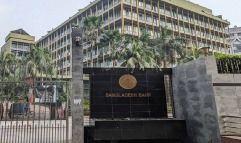 Banking system: The banking system remains unsatisfactory due to the inability to collect loans. The political leadership is no longer protecting borrowers from the requirement to repay. Hence the economy is moving into a period when loan recovery remains unsatis- factory and poor credit histories limit credit availability. Commercial banks must make much greater efforts to recover loans and while there may be some improvements during this year, one should not expect that the problem will come under control. Tougher risk standards being imposed by the central bank and widespread non-performing loans limit the ability of the banks to rapidly expand credit. Deposits will however continue to increase at 5 to 6% per annum. Increased liquidity growth will drive down interest rates as the economy becomes stronger, investment is weak, and funds borrowed by the Government will decline. by the government will increase slowly. None of the private banks that are currently under financial stress will be closed; two or three of these banks may begin to recover but most will remain insolvent with little prospect for coming out of that state. Interest rates will fall to 9 to 11% for loans for production use. The elected government will begin to relax the strong programs to limit rescheduling and improvements in loan recovery will slow down. The relationship between the bank borrowers and political leaders that has brought about the present chaos will return. The coalition government will make it more difficult to limit such interference.
Banking system: The banking system remains unsatisfactory due to the inability to collect loans. The political leadership is no longer protecting borrowers from the requirement to repay. Hence the economy is moving into a period when loan recovery remains unsatis- factory and poor credit histories limit credit availability. Commercial banks must make much greater efforts to recover loans and while there may be some improvements during this year, one should not expect that the problem will come under control. Tougher risk standards being imposed by the central bank and widespread non-performing loans limit the ability of the banks to rapidly expand credit. Deposits will however continue to increase at 5 to 6% per annum. Increased liquidity growth will drive down interest rates as the economy becomes stronger, investment is weak, and funds borrowed by the Government will decline. by the government will increase slowly. None of the private banks that are currently under financial stress will be closed; two or three of these banks may begin to recover but most will remain insolvent with little prospect for coming out of that state. Interest rates will fall to 9 to 11% for loans for production use. The elected government will begin to relax the strong programs to limit rescheduling and improvements in loan recovery will slow down. The relationship between the bank borrowers and political leaders that has brought about the present chaos will return. The coalition government will make it more difficult to limit such interference.

Conclusion: Rapid growth of RMG products will begin to pull the economy out of the present recession and help to control inflation. It is essential that during 2025 the Government take every step to allow the factories in the garment sector to work at full capacity through reliable energy supply, improved port and air freight management, and more aggressive management of traffic on the Dhaka-Chittagong highway. In addition, forbearance may be necessary in factories that a high level of non-performing loans. Making the RMG sector grow rapidly is the most important action that the Interim Government should focus on.

